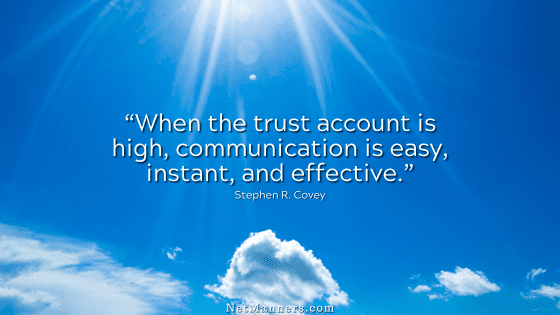Emotional Emails & Jumping to Conclusions

Now more than ever, folks are stressed. Many have a shorter fuse, and emotions are running high. Because of this, making impulsive decisions at that moment when you are emailing on emotional topics is something to avoid.
Before you hit that Reply button and start typing a cryptic emotional response you may later regret, take a breath. Or two. Stop, sit back, and carefully reread the email you are responding to.
Only then can you access that email’s intent in its entirety. Thus, reacting to isolated statements that are not viewed in the context of the whole message by jumping to conclusions seldom works well.
Read the Email Out Loud
Before responding to an upsetting email, take the time to read it out loud. When you read and hear the full email word for word, your perception may change.
A good rule of thumb is to wait until the following day before considering whether you should respond. Avoid crafting, then sending, responses in the heat of the moment.
You want to gather your words and ensure you communicate your response in a way that makes sense. If you have to vent, create your answer and save it as a draft to review (and edit) later. Give yourself time to cool off.
Believe me; you will edit it later.
If you react emotionally to one part of an email without looking at the message as a whole, you can often take the sender’s meaning out of context. Therefore, always read the email in its entirety before hitting Reply.
The last thing you want to do is send off a reply filled with accusations and the formatting to back up your emotional state at the time. Especially if you did not reread the email to access its face value, you could have saved yourself embarrassment.
It is common to incorrectly assume the other side’s meaning and intent when upset. So when you find yourself in this situation, do yourself a favor and wait until cooler heads prevail.
This approach will help you ensure you are not reading anything into the email that isn’t there. I know, easier said than done. With that said, we don’t want to jump to conclusions about comments that were not specific or twist those around that were, right?
What they meant was…
I see this happen every day. “I thought that they meant…” due to the recipient reading between the lines.
In these cases, one party read more into the typed words than was there (or didn’t take the time to read the email entirely). This is where relationship dynamics plus assumptions can cause overblown misunderstandings.
Or, worse yet, one chooses to imply intent regardless of the words typed by not taking what an email has within verbatim. Taking comments personally is a choice. A choice you make may not match the sender’s intent.
Take Words at Face Value
Take the sender’s words at their face value (good or bad). Do your best not to assume anything that isn’t there. If you are unsure, ask before you react.
Making an effort to ask the sender for clarification avoids many misunderstandings. However, when you do, you want to ask point-blank if what you perceive based on their wording is what they meant.
Even if they return with a resounding “Yes,” that clarification lets you know you were correct. You’ll be glad you did before flying off the handle if it turns out you were jumping to conclusions.
Remember, email does not replace all communications. So maybe consider picking up the phone before reacting?
I’m sure you’ll agree it is worth the extra effort involved, especially when you can avoid hurt feelings and misunderstandings by asking instead of assuming.






